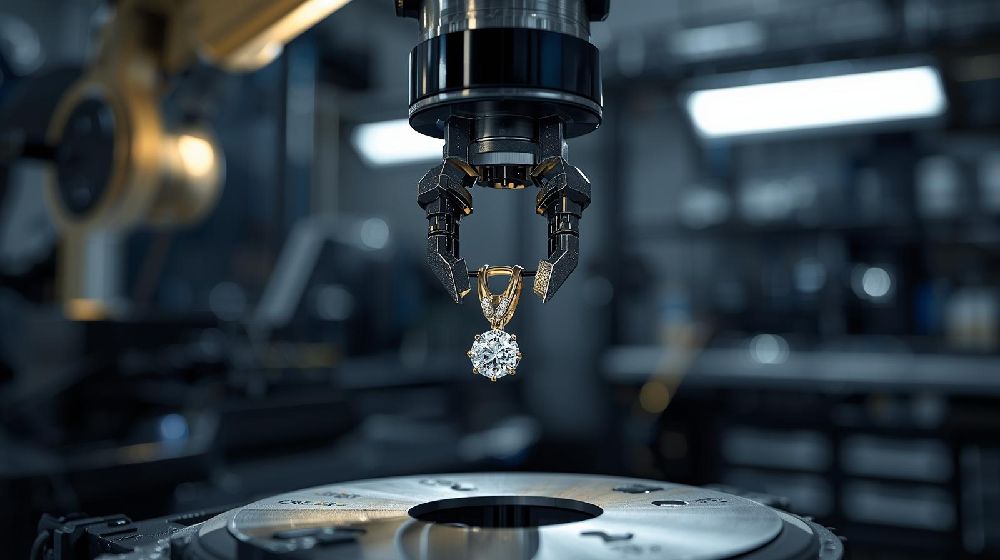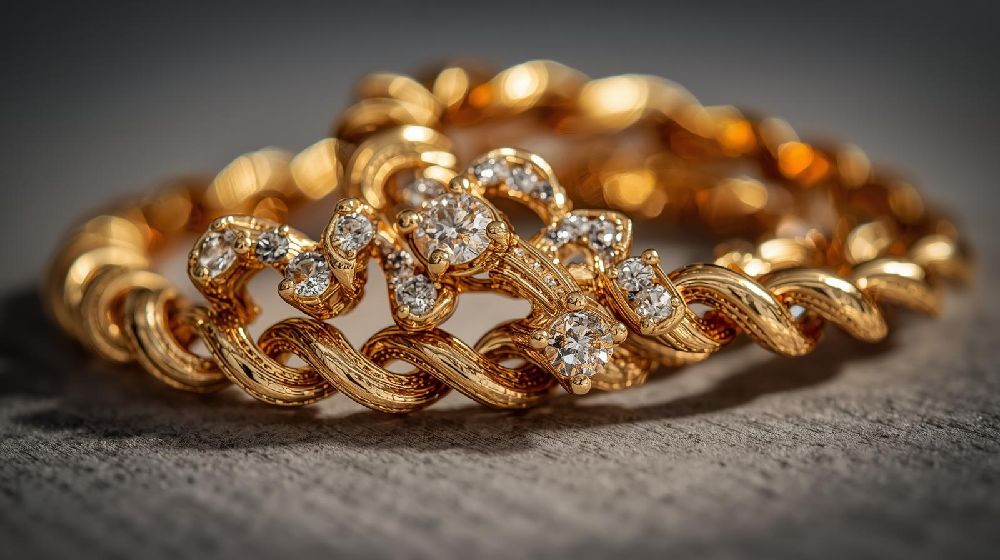.jpg)
Every piece of fine jewelry tells a story—a story of imagination, precision, and passion. While the sparkle of the finished masterpiece catches the eye, its true beauty lies in the unseen journey it takes from concept to creation. Behind every polished surface and flawless setting is a symphony of creativity and craftsmanship working in harmony.
The Spark of Imagination
It all begins with an idea—often inspired by nature, architecture, emotion, or heritage. In the world of fine jewelry, design is not merely about aesthetics; it’s about capturing sentiment in form. As Vishal Choksi describes, “A jewelry piece must first exist in the mind before it takes shape in metal. Every curve, texture, and gemstone must reflect purpose.”
The design process starts with a hand sketch or digital rendering, where designers explore balance, proportion, and fluidity. This stage transforms inspiration into a visual blueprint that guides the next phase—craftsmanship.
Precision in Engineering
Once the design is finalized, advanced tools like CNC (Computer Numerical Control) machines, CAD (Computer-Aided Design), and 3D printing come into play. These technologies ensure exact precision in dimensions and symmetry—standards that define luxury craftsmanship.
The model is carefully examined for structure and comfort. Each detail—whether it’s the alignment of prongs, the placement of stones, or the thickness of the metal—is tested for strength and durability. “Innovation and artistry must coexist,” says Choksi. “That’s how we ensure every piece meets the highest standards of both beauty and endurance.”
Crafted by Human Hands
Despite technological advancement, the soul of jewelry remains in human touch. Skilled artisans bring life to the design through engraving, polishing, soldering, and stone setting. This stage can take hours—or even weeks—depending on the complexity of the design.
Every artisan’s hand movement is guided by years of mastery. Whether it’s a delicate filigree bangle or a bold diamond pendant, each creation passes through several expert hands before perfection is achieved.
Quality Beyond Appearance
The journey concludes with a meticulous quality check—where precision, purity, and finish are evaluated under magnification. Each jewelry piece is inspected for alignment, clasp strength, stone security, and overall balance. Only those that meet the highest benchmarks earn the right to bear the brand’s name.
“Fine jewelry,” notes Vishal Choksi, “is not just about brilliance—it’s about integrity. Every stage of its creation reflects our commitment to quality, heritage, and innovation.”
The Art Behind the Shine
When a jewelry piece finally reaches the customer, it carries within it the silent dedication of designers, engineers, and craftsmen. From imagination to reality, from concept to creation, it is not just a product—it’s a legacy of artistry refined through time and technology.




